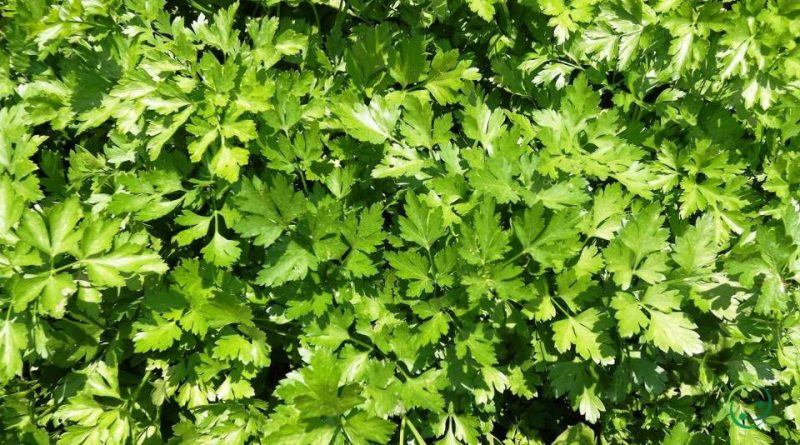How Parsley reproduces
How Parsley reproduces
Parsley (Petroselinum crispum (Mill.) Fuss, 900) is a biennial plant of the Apiaceae family native to the Mediterranean areas.
This plant grows spontaneously in the woods and meadows of the temperate climate areas but disappears in the northernmost areas as it fears the intense cold.
In Italy it is a plant widely cultivated in various horticultural varieties, even at home level.
Parsley is a plant that can ordinarily propagate by seed but, following careful indications, it can also be reproduced by cuttings.
In this sheet we will see both techniques, referring instead for the cultivation details to the following sheet.
Propagation by seed –
This system is the most adopted for the reproduction of parsley plants. The optimal period for sowing parsley is after winter, when temperatures begin to stabilize. In general, even with the due differences between north and south, the most suitable period is around mid-April; in reality it can always be sown provided that there are between 15 ° C and 25 ° C. for this reason sowing can be anticipated by using a seedbed or a small greenhouse, or by cultivating it at home.
Remember that parsley seeds take about 10 days to germinate, after which the seedling must grow and become stronger. However, remember that in the first vegetative phase it is very sensitive to both cold and sudden heat.
As for the sowing depth, it is recommended to be within one cm of depth. After sowing it is recommended to moisten the soil with a nebulizer, to avoid moving the seeds with a jet of water. If you sow directly in the open field, it is advisable to leave about 10 cm between one plant and another.
Propagation by cuttings –
In this technique, a sprig of the plant of at least 4 cm is used, healthy and with a nice tuft of leaves on top.
Once the cutting has been taken, the leaves at the base are then removed. At this point you can put the sprig in water or bury it in a mixture of soil, peat and sand.
During the emission phase of the first roots, the substrate must be kept moist with a nebulizer (sprayer) every day, in order to provide it with the water that it cannot, in this phase, recover from the roots.
Once the roots have sprouted, which will be highlighted (if it is not in the water) by the emission of new shoots, the new plant can be buried or transplanted.
The best time to reproduce by cuttings is when it is neither too hot nor too cold, therefore in spring or late summer.

